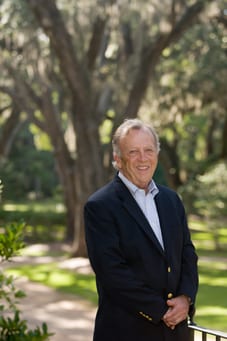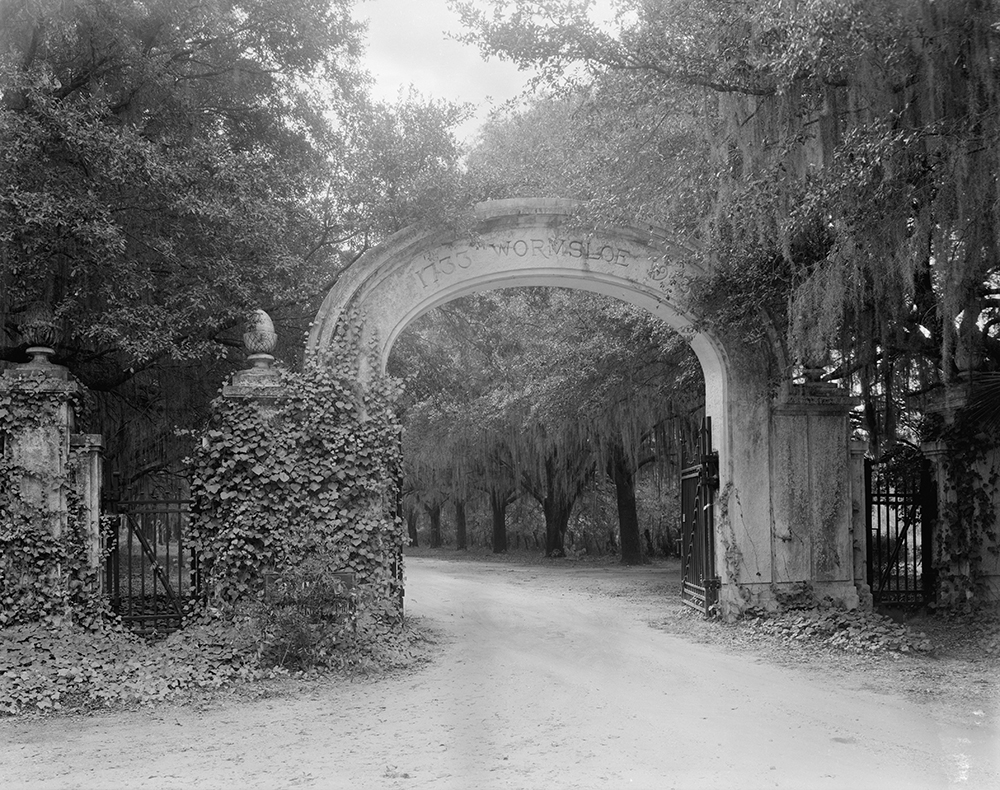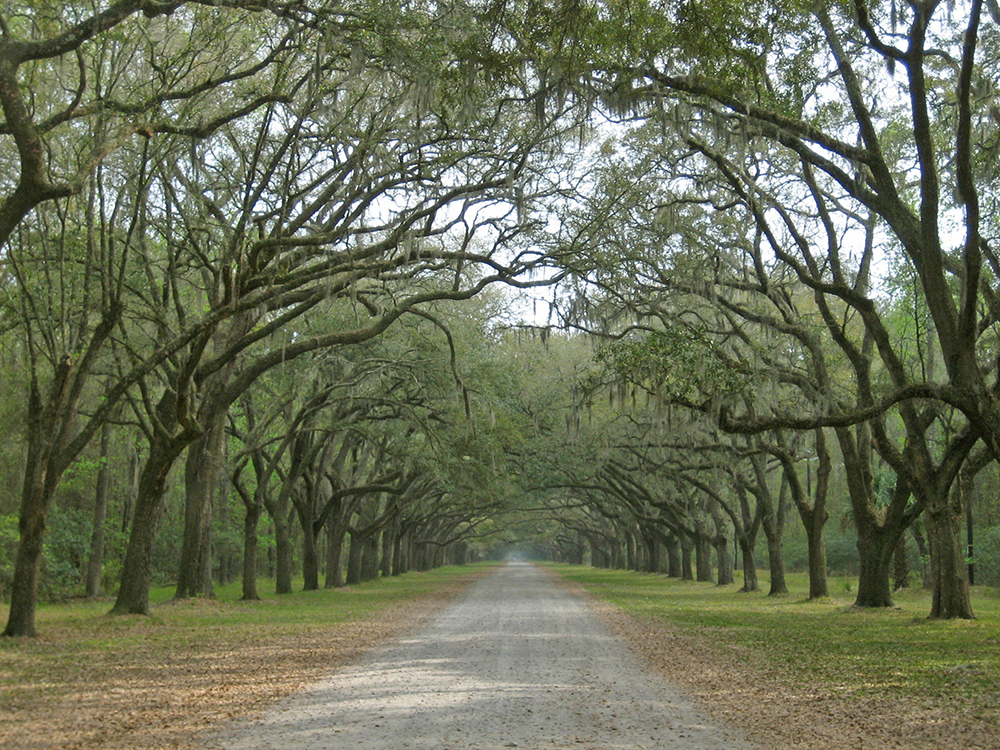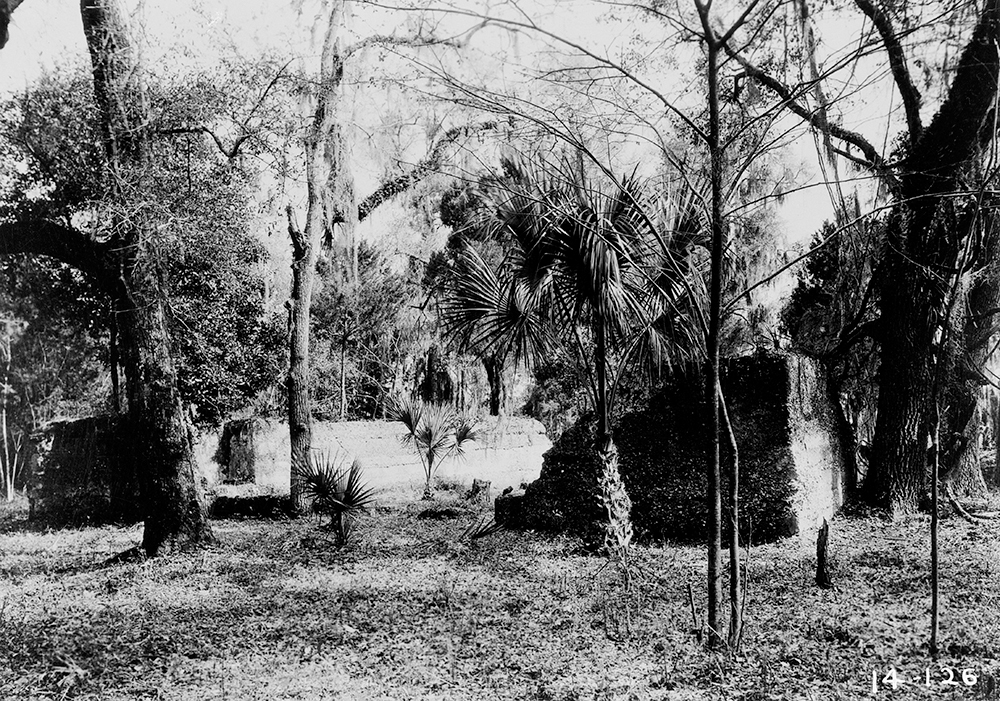Craig Barrow III, Savannah, Georgia (2014)

Most Americans cannot imagine owning land that has been in the family since 1736. Nor can most imagine caring for it so that they can hand it on to the next generation. The gift of property with ancestral ties comes not only with this responsibility, but also with doubts. Am I doing the right thing? What would my ancestors have done in my place?
Craig Barrow III is no stranger to such thoughts. In 1986 Barrow became the ninth generation and fourteenth owner of Wormsloe Plantation, a 278-year-old agricultural property on the Isle of Hope, a coastal stretch of marsh near Savannah that gives way to inland forests of live oak and pine. The plantation is not simply an old family mansion in a beautiful place. “Every day I get up and see light coming through the live oak trees, and every day it’s different,” says Barrow, who has rambled the place since childhood. The land also offers rich habitat for migrating birds, butterflies, and other wildlife. And it holds layers of human history, including Native American shell middens, the ruins of an eighteenth-century fort, a slave cabin, the site of an old rice mill and dairy, the De Renne Library, Confederate earthworks, formal gardens, and a mile-long live oak avenue.
The astonishing diversity of these artifacts makes Wormsloe Plantation “one of the most significant historical, archaeological, and natural sites in Georgia and the entire Low country,” writes Paul S. Sutter, an environmental historian, in the foreword to Remaking Wormsloe Plantation. Sutter calls the site a “palimpsest… a place of multiple and overlapping land-use regimes that have constantly remade the landscape, and a place with layers of meaning that have kept the place whole.” This historical integrity, Sutter observes, exists in part because of long-term proprietorship. In other words, generations of the same family have lain awake worrying about how to keep and improve this land.

In the mid-1730s, Barrow’s ancestor, an Englishman named Noble Jones, laid out Wormsloe as a plantation for silkworms, subsistence crops, and, eventually, sea island cotton. Slaves cultivated this staple here until the Civil War under Jones’s descendants, members of the De Renne and Barrow families. They continued to farm the property until the Great Depression, when financial duress prompted Barrow’s great-uncle to operate the plantation as a tourist attraction. Barrow’s grandmother acquired Wormsloe in foreclosure when her brother was struggling financially. By the early 1960s, the family, concerned with the risk of future estate tax burden, conveyed 822 acres—the bulk of the estate—to the nonprofit Wormsloe Foundation. Eventually, this land was donated to the state, and the Georgia Department of Natural Resources began to manage it as a public historic site. Barrow inherited the remaining forty-five acres and the main house that has served as the family seat since the 1820s. From early childhood, Barrow was taught that family land was to be preserved, not developed, and that a person should work hard to earn the money necessary to maintain the land in an appropriate manner.
As partner in an investment firm, Barrow found success, but that did not entirely free him from concern. “After my father died in 1978, it hit me with full force. Things I’d heard growing up flashed through my mind. Noble Jones said Wormsloe should always be the family home, to be taken care of forever. My great-aunt Audrey De Renne told her brother that Wormsloe was a sacred place and was never to be mortgaged. My grandfather wrote to my father that Wormsloe has been saved and resurrected. ‘I hope you will love it as much as we do.’” The ”sacred” and “resurrected,” Barrow says, express both the bond and the responsibility he feels.

As Barrow and his wife, Diana, began planning for Wormsloe’s future, they turned to friends, consultants, and professors from the University of Georgia, where Barrow is a ninth-generation alumnus. He invited Sarah Ross, then the director of education at the National Oceanographic and Atmospheric Administration, to visit the property. As a graduate student, Ross had worked on an archaeology project at Wormsloe, and she proposed utilizing the site’s unique potential as a research base for interdisciplinary study.
Sarah Ross introduced the Barrows to Daniel Nadenicek, dean of the university’s College of Environment and Design (and now, LALH board president). “The minute Dan stepped onto the property, he got the picture,” Barrow says. With Ross, Nadenicek, and others, Barrow toured historic sites around the country to study examples of preservation and interpretation. “The successful places had a clear mission and focus,” Barrow says. “When we founded the Wormsloe Institute for Environmental History in 2007, we made research its clear focus.”

Ross, president and director of the institute, teaches environmental studies at the university, and leads interdisciplinary research at the site. In 2013, Barrow arranged for the trustees of the Wormsloe Foundation to donate fifteen acres to the University of Georgia to create the University of Georgia Center for Research and Education at Wormsloe. With the unparalleled asset of more than 10,000 historic records documenting the landscape, researchers also have access to more than 1,200 acres, including the state historic site, the Barrows’ private property, and a recently purchased island that was part of the original plantation. Wormsloe research fellows are studying everything from butterfly migration to archaeology, using the latest technology as well as traditional equipment—Barrow disc-harrowed the twelve butterfly study plots himself.
He sleeps better these days, knowing that the university, the foundation, and the state have formed a stable partnership to manage the environmental history and family legacy of a site instrumental in the founding of the nation’s thirteenth colony. “You do the best you know how, but sometimes you wonder. To have the university invest in this partnership tells me that what I’ve done is correct.” Thornton Barrow, Craig’s son, is next in line to occupy Wormsloe’s ancestral house. “He wants it, and I want him to have it,” says Barrow. “When he moves out here, he will understand the magnitude of the responsibility, and he will do what is best for Wormsloe.”
—Jane Roy Brown, former LALH Director of Educational Outreach.